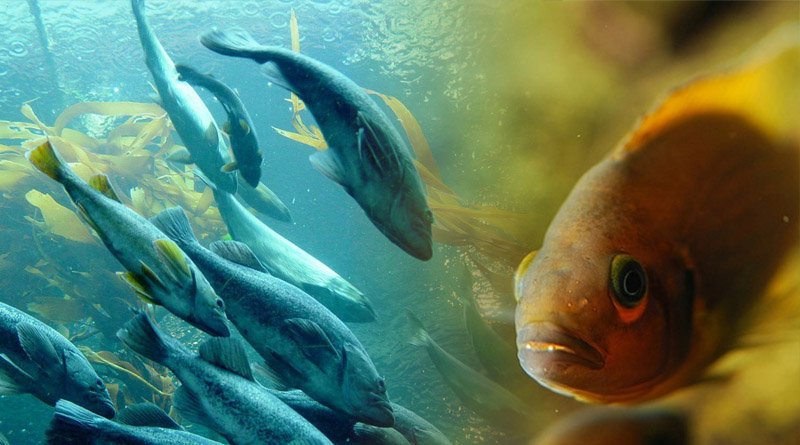According to Hans Hofmann, the neural pathways that underlie our capacity to feel fear or experience both love and hate are unquestionably old ones.

The latest research demonstrates that fish can sense other fish’s fear and then experience their own fear. This ability is controlled by the oxytocin hormone, the same brain chemical that underlies humans’ ability to feel empathy.
According to Hans Hofmann, an evolutionary neuroscientist at the University of Texas at Austin, the neural pathways that underlie our capacity to feel fear or experience both love and hate are unquestionably old ones. Although scientists are typically hesitant to give animals human-like emotions, it is widely acknowledged that many animals experience moods.
The researchers demonstrated this by deleting genes linked to producing and absorbing oxytocin in the brains of zebrafish, a small tropical fish often used for research.
Consequently, those fish were essentially antisocial because they were unable to recognise or adapt to the anxiety of other fish. However, after receiving oxytocin injections, some of the altered fish regained their capacity to perceive and mimic the emotions of other fish, a phenomenon known as “emotional contagion.”
“They respond to other individuals being frightened. In that sense, they act exactly like us, “Ibukun Akinrinade, a neuroscientist at the University of Calgary and a co-author of the study, stated this.
The study also demonstrated that zebrafish will pay more attention to stressed-out fish in a way that the researchers compared to comforting them. Oxytocin appears to have a similar function in the transmission of fear in mice, according to earlier studies.
The new study, according to Rui Oliveira, a behavioural biologist at Portugal’s Gulbenkian Institute of Science and a study co-author, demonstrates “the ancestral role” of oxytocin in conveying emotion.
When you, I, and these tiny fish last shared an ancestor about 450 million years ago, this brain processing “may have already been in place,” according to Hofmann.
Although oxytocin is occasionally referred to as the “love” hormone, Hofmann claimed that it actually functions more like “a thermostat that determines what is socially salient in a particular situation – activating neural circuits that may make you run from danger or engage in courtship behaviour.”
According to Stony Brook University ecologist Carl Safina, who was not involved in the study, that may be essential to the survival of many animals, especially those that live in groups.
“The most basic form of empathy is contagious fear – this is a very valuable skill to have if any member of your group spots a predator or other danger.”
